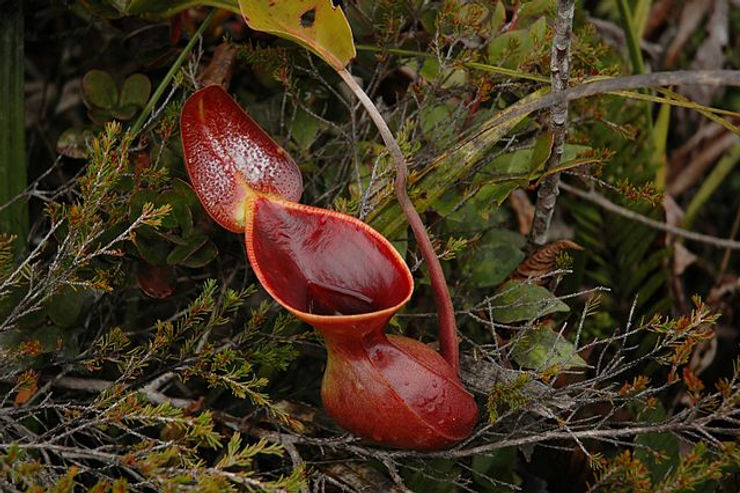By: Dhruv Sampath
Could a carnivorous plant really eat you? In several movies such as The Addams Family and Mario Bros, they have shown carnivorous plants trying to chase or swallow people. These plants have gained such fame because of their weird and frightening adaptations. Knowledge about these plants will explain these wonders of nature.
According to National Geographic, there are approximately 700 species of carnivorous plants on Earth. They typically grow in wet, low-nutrient soils such as swamps, bogs, water bod-ies, forests, rocky and sandy sites. They are found on every continent except Antarctica. Seven genera are native to North America. Most meat-eating plants consume insects. Some of the larger species can digest reptiles, birds and smaller mammals. Some species consume single celled organisms, crustaceans and small fish.
These plants developed adaptations as they evolved in order to make the most of their limited resources. They are still dependent on photosynthesis and root systems. Carnivore tendencies are an added bonus! In 1875, Charles Darwin fed these plants cheese and egg whites in order to study their digestive system and hence proving carnivore tendencies exist in the plant world.
Some popular species include the Snap Traps, which rely on jaw-like leaves to catch prey. When an insect lands on the leaves, it triggers tiny hairs that cause the leaves to snap shut. Enzymes are then produced to digest the prey. According to Kadeem Gilbert, a botanist at Mich-igan State University, this process is very energy consuming.
The Pitcher Plant lures its prey into the tube-shaped leaves. The lips of the pitcher are covered in a slippery substance. The prey loses its footing and slides into the enzyme filled pitcher, which breaks down the animal. “You could get a really tall, deep pitcher that would be effective as a pitfall trap for larger animals,” says Gilbert.
Another type of carnivorous plant is a Sundew, also known as an Adhesive trap. It has leaves covered in sticky sap to capture insects. Sundews emit a sweet scent to entice insects.
Although smaller mammals could fall prey to these plants, humans are not really in dan-ger of such problems. The Venus Flytrap would need a lot more enzymes and energy to digest a human. A human could easily pull or tear away from a snap trap and escape. Unlike in the mov-ies, these plants cannot chase after people. So we do not have to worry about running for our life. In fact, in the United States, growing carnivorous house plants has become a popular hobby,
These plants are not harmful to humans or household pets. We are not in danger of being their next meal. They are very cool to learn about and see in action. So definitely check them out when you visit a botanical garden.
References:
Could a plant ever eat a person
Carnivorous plants meat eaters of the plant world











